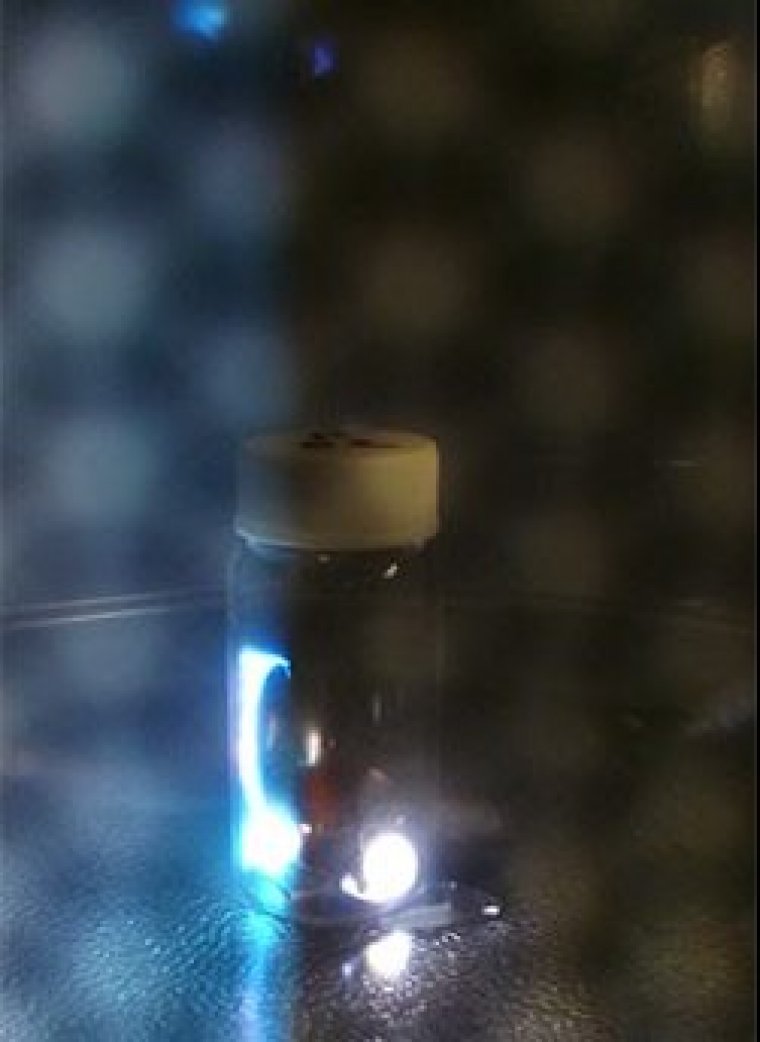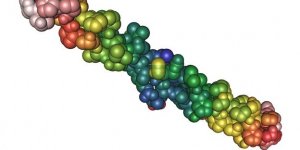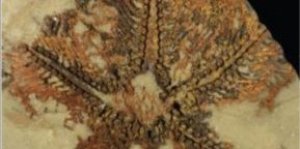| News / Science News |
Researchers turn coal powder into graphite in microwave oven
Using copper foil, glass containers and a conventional household microwave oven, University of Wyoming researchers demonstrated that pulverized coal powder can be converted into higher-value nano-graphite.

In a microwave oven, sparks are generated inside a glass vial containing coal powder. Photo: University of Wyoming
The discovery is another step forward in the effort to find alternative uses for Wyoming's Powder River Basin coal at a time when demand for coal to generate electricity is declining because of concerns about climate change.
The researchers report that they created an environment in a microwave oven to successfully convert raw coal powder into nano-graphite, which is used as a lubricant and in items ranging from fire extinguishers to lithium ion batteries.
This "one-step method with metal-assisted microwave treatment" is a new approach that could represent a simple and relatively inexpensive coal-conversion technology.
"The method provides a new route to convert abundant carbon sources to high-value materials with ecological and economic benefits," wrote the research team, led by TeYu Chien.
While previous research has shown that microwaves can be used to reduce the moisture content of coal and remove sulfur and other minerals, most such methods require specific chemical pretreatment of the coal. In their experiment, the researchers ground raw Powder River Basin coal into powder.
That powder was then placed on copper foil and sealed in glass containers with a gas mixture of argon and hydrogen before being placed in a microwave oven. A conventional microwave oven was chosen because of convenience and because it provided the desired levels of radiation.
The researchers say this new method of coal conversion could be refined and performed at a larger scale to yield both a higher quality and quantity of nano-graphite materials.
"Finite graphite reserves and environmental concerns for graphite extraction procedures make this method of converting coal to graphite a great alternative source of graphite production," the scientists wrote in their paper. (National Science Foundation)
YOU MAY ALSO LIKE





